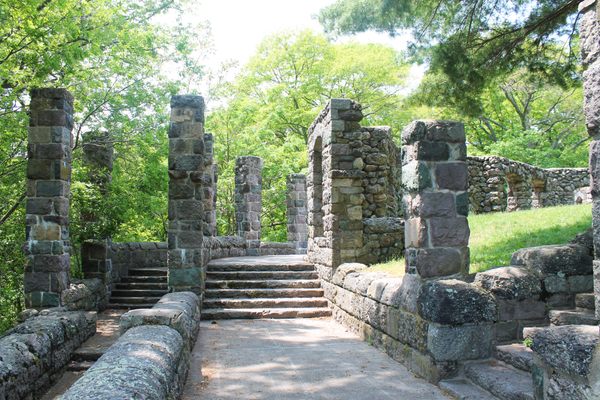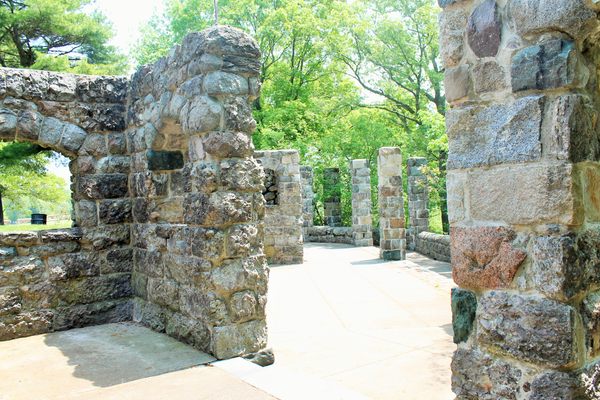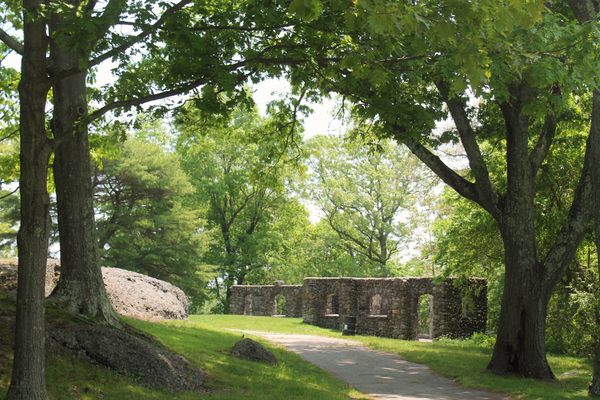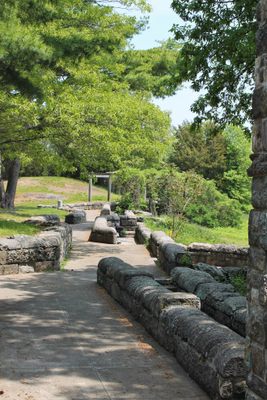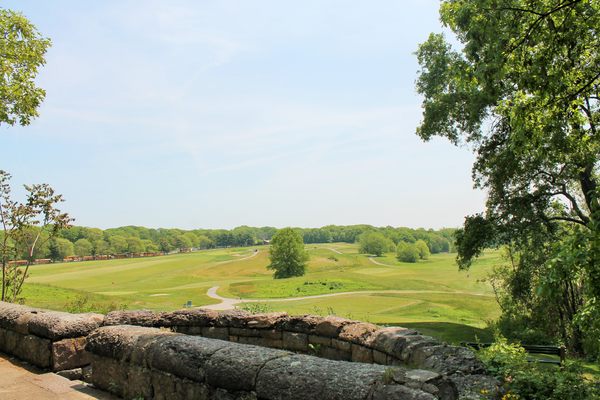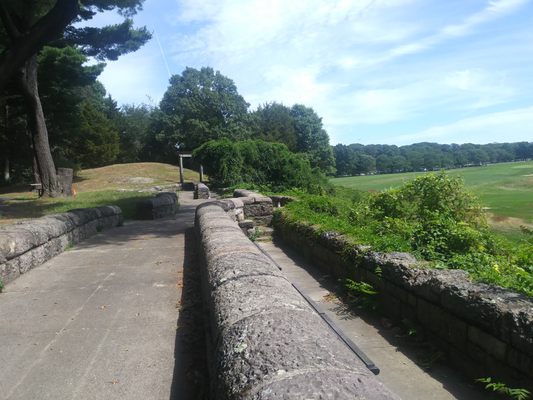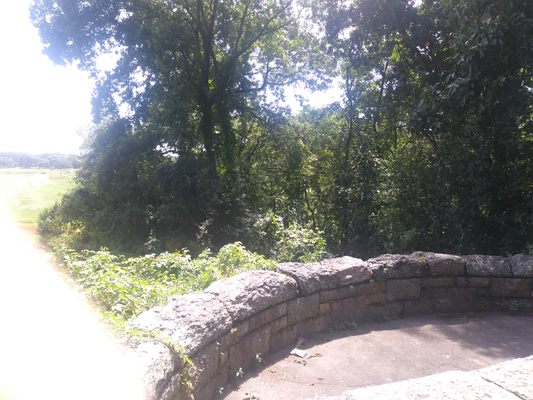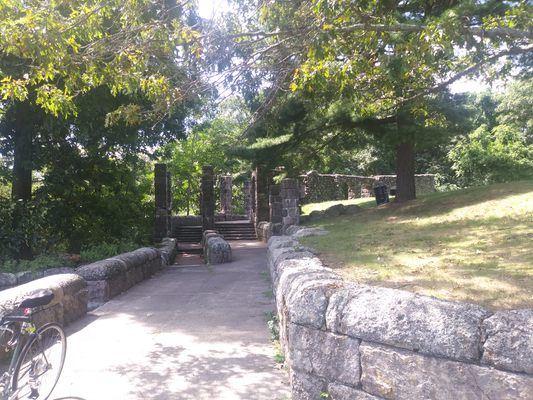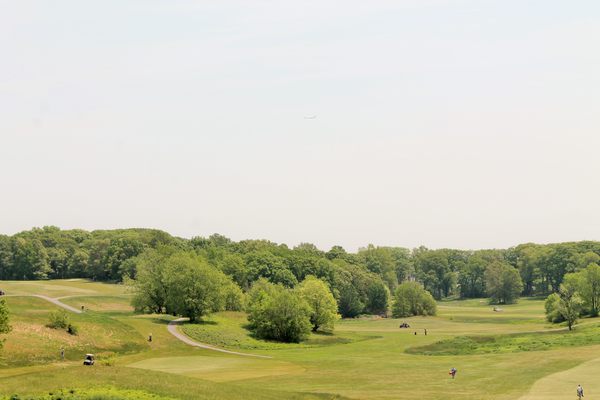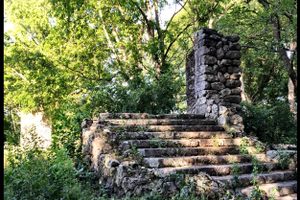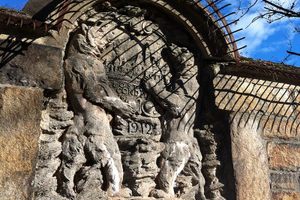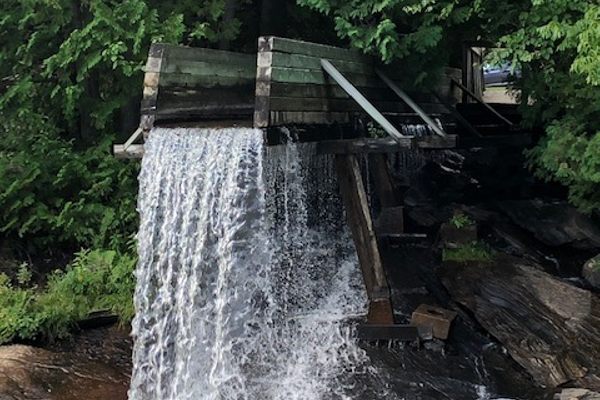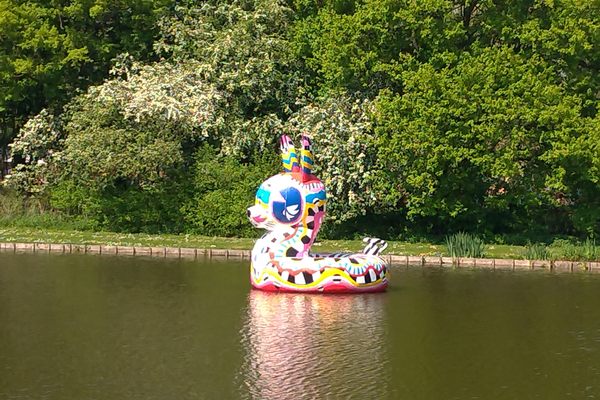About
Well before it had any buildings or even a name, Schoolmaster Hill was a place where nature was appreciated. Ralph Waldo Emerson, credited as the father of transcendentalism, spent two years living on the hill, and later it was turned into a public park designed by the famed Frederick Law Olmsted in 1882.
When Schoolmaster Hill was first designed, it was made up of a terrace which connected to a shelter leading toward steps on the hill, which was covered with vines and furnished with beautiful furniture. The building on schoolmaster Hill was multi-use, serving as a superintendent's office, and a golf course club house throughout its lifetime. The building provided hot water free of charge to visitors looking to make tea, and was a source of unity and community in the Boston area.
Some years after the park was first designed, John C. Olmsted, Frederick Law Olmsted’s stepson, redesigned the original park structure on Schoolmaster Hill to serve as a park facilities building. Visitors could come, enjoy their free tea, and look out over the view of the rolling hills.
Unfortunately, in the 1930s, the original building, which had been serving as a golf clubhouse for decades, was partially destroyed by a fire. In the 1990s, the Franklin Park Coalition and the Boston Parks Department partly restored the ruins, which had remained largely intact in the 60 years since the fire. Now what remains of Schoolmaster Hill is the hollow, restored ruins of the building and one of Boston's most beautiful lookouts.
Related Tags
Know Before You Go
There is parking along Circuit Drive. Bathrooms at the William J. Devine Golf Clubhouse
Community Contributors
Added By
Published
July 14, 2017
